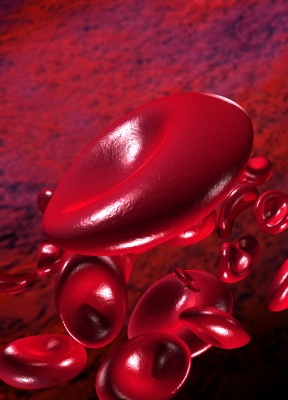vein repair
Varicose Vein Repair and Its Benefits
Varicose veins are veins that are twisted and enlarged. They are often blue or purple in color, are highly visible, and show up on the surface of the skin (especially on the legs). Studies have shown that varicose veins are more than unsightly. They can also be a source of pain, bruising, cramping, itching, and are linked to a condition called vascular reflux, where blood does not flow in the right direction. They also limit the amount of life-giving oxygen provided to skin tissue. Some studies have even shown correlations between these troublesome veins and blood clots and restless leg syndrome.
When these problematic veins appear, patients can turn to a vascular surgeron for vein repair procedures. These medical specialists understand both the cosmetic and health implications of varicosities. They are generally grouped into two types: vascular and endovascular surgeons. While the technical terms can be a bit intimidating, patients should feel reassured in the fact that most procedures are extremely low-risk and minimally-invasive. Some treatments are even non-surgical in nature.

As a form of general treatment and prevention, most vascular specialists will first recommend changes to diet and lifestyle. While varicosities can be caused by genetic factors, weight gain can complicate and increase the chances of these veins appearing. A healthy, moderate diet and exercise are usually prescribed to reduce the weight and lack of movement that make these veins more likely. For more extensive problems, several types of minor surgery are available.
Sclerotherapy and microscleortherapy are the first step. Both involve the injecting of a liquid chemical mixture directly into the problem veins. This mixture causes a painless scarring on the inside of the veins, eventually causing them to close off and fade away as their blood supply is depleted. Microsclerotherapy is used for a particular type of smaller varicosity, called a spider vein. Since the veins are close to the skin, little pain or complications are associated with these surgeries.
Laser surgery is a completely painless, non-invasive procedure. No cutting is performed. Laser light causes the vein to fade away until it becomes invisible. On the other hand, endoscopic vein surgery does involve a small incision, allowing a micro-camera and surgical device to move through the veins and close them off. This procedure is only used in severe cases, such as when veins are causing ulceration of the skin. Alternatively, an ambulatory phlebectomy involves the complete removal of the veins. While this is the most invasive of the procedures (involving several small incisions), it also carries the highest success rate and is still minimally painful.
Finally, vein stripping and ligation is used in only the most severe cases, in which varicosities are negatively impacting the daily health of the patient. Small incisions are made in this procedure so that the surgeon can tie off or remove the problematic veins. A 1-4 week recovery time is usually required for this procedure. Patients interested in varicose vein repair should first see a primary care physician, who will then recommend a local vascular specialist.